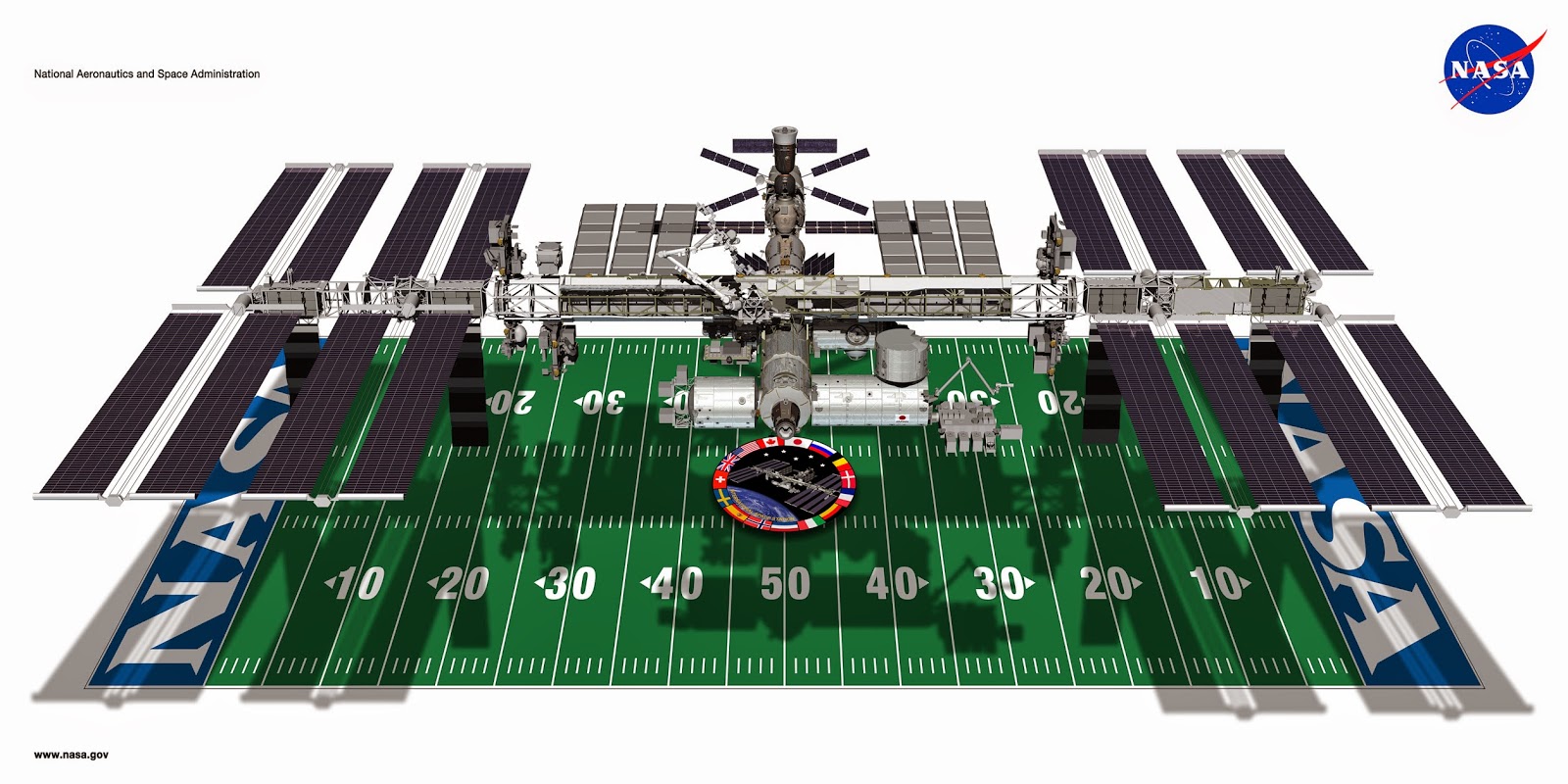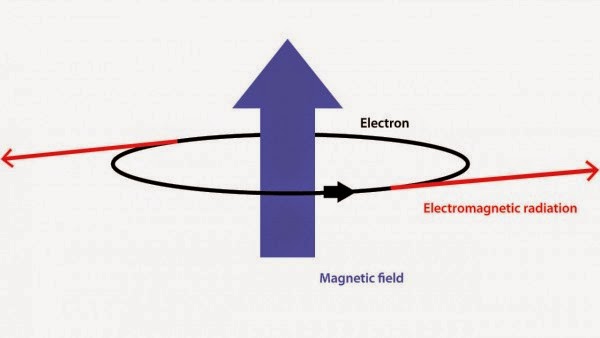Topics: Aliens, Astrophysics, Biology, Exoplanets, Heliophysics, NASA, SETI
L’infini est infiniment infini: "The infinite is infinitely infinite."
The Nexus for Exoplanet System Science, or “NExSS”, hopes to better understand the various components of an exoplanet, as well as how the planet stars and neighbor planets interact to support life.
“This interdisciplinary endeavor connects top research teams and provides a synthesized approach in the search for planets with the greatest potential for signs of life,” says Jim Green, NASA’s Director of Planetary Science. “The hunt for exoplanets is not only a priority for astronomers, it’s of keen interest to planetary and climate scientists as well.”
NExSS will tap into the collective expertise from each of the science communities supported by NASA’s Science Mission Directorate:
-Earth scientists develop a systems science approach by studying our home planet.
-Planetary scientists apply systems science to a wide variety of worlds within our solar system.
-Heliophysicists add another layer to this systems science approach, looking in detail at how the Sun interacts with orbiting planets.
-Astrophysicists provide data on the exoplanets and host stars for the application of this systems science framework.
NExSS will bring together these prominent research communities in an unprecedented collaboration, to share their perspectives, research results, and approaches in the pursuit of one of humanity’s deepest questions: Are we alone?
“Two possibilities exist: either we are alone in the Universe or we are not. Both are equally terrifying.”
― Arthur C. Clarke
I posited a thought experiment, the post title inspired by the last two words of Sir Arthur C. Clarke's quote above.
Honestly, I saw this on my Facebook news feed and shared it. I then looked for the official NASA write up I italicize above.
I am prepared to review the data once its published, read also the papers and look at the presentations if they find things like (I'm assuming), spectrographic analysis of alien atmospheres and evidence of water; the telltale wobble of planets orbiting distant suns. I am looking forward to how this exploration will have application to our own planet. On that, I am hopeful.
I am also sadly, bracing for the kind of backlash that claimed Giordano Bruno*, though a bit of license was taken in presenting his story in the Cosmos reboot. I am prepared for the denialist, the conspiracy theorist; the flat earthers cum universe birthers. As I've gotten older, the hope of an expanding enlightenment has been snuffed by present darkness authoritarians that want others to grope in their caves; rammed down our collective throats.
* In 1584 Giordano wrote a thesis entitled "On the Infinite Universe and Worlds." Bruno argued that if a person believes it logical that even one other world likely exists, that it reasonably follows that all other worlds exist.
NASA: NASA’s NExSS Coalition to Lead Search for Life on Distant Worlds








